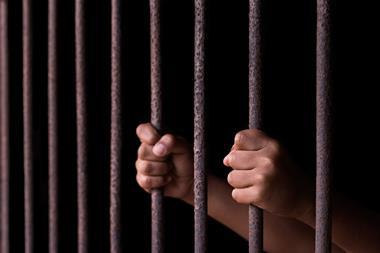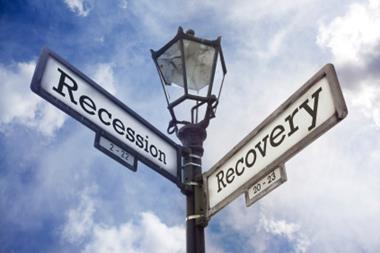80% of the global population – some 6.25 billion people - live in regions where there is a high or extreme risk of modern slavery
The European Commission’s newly unveiled plan to ban products made with forced labour from entering the EU market is the latest in a growing list of human rights due diligence laws.
But attempting to eradicate forced labour from global supply chains is no easy task and the exposures are potentially significant, according to analysis by Verisk Maplecroft.
A quarter (47) of the 198 countries featured on its Modern Slavery Index (MSI) – which measures the threat posed to businesses through association with, or exposure to, slavery – have witnessed a significant increase in risk since the dataset launched in 2016.
And of the world’s 3,316 states, provinces and other subregions, two-thirds reflect a high or extreme risk for modern slavery violations. These subregions are home to 80% of the global population – some 6.25 billion people.
Poverty and climate change are key drivers
The data shows that poverty and climate change are driving up modern slavery exposure as uprooted workers seek out alternative livelihoods, in turn becoming vulnerable to exploitation.
Workers in the developing world are set to face the greatest risks, but threats are climbing in several economically significant countries, including Turkey, South Africa and China.
“Regulators, investors, shareholders and consumers are all becoming acutely aware of the modern slavery risks that have been evident for years to NGOs, activists and exploited people,” says Dr James Sinclair, director of Human Rights Consulting at Maplecroft.
“But with data from the ILO showing that 50 million people are trapped in modern slavery globally, the problem is getting worse, not better – meaning that organisations need to work harder to keep goods tainted by forced labour out of their supply chain.”
As rising global temperatures threaten food security and drive mass migration, more people will seek out alternative livelihoods, in turn increasing their susceptibility to modern slavery.
Europe could receive up to a million migrants a year by 2050 if emissions continue at their current trajectory. Currently, around 20% of undocumented entries into the EU are from sub-Saharan Africa – home to all 10 of the most at-risk countries in the CCSI.
But Bulgaria, a major entry point for migrants entering the EU, is rated high risk on the MSI.
France, Italy and the UK all receive a high risk score for modern slavery in agriculture, highlighting that reaching Europe does not guarantee safety from exploitation, even for those that risk their lives trying to escape the worst impacts of climate change.
Human rights due diligence key as negative headwinds grow
The factors driving the negative global trend in modern slavery risk are set to worsen in the coming years. Rising inflation and fears of a global recession suggest the world is headed for a period of prolonged economic instability which will leave millions more people vulnerable to exploitation.
At the same time, even the most optimistic warming scenarios suggest that climate-driven migration will ramp up by mid-century.
This, combined with the expansion of the regulatory landscape governing forced labour, presents a growing dilemma for companies that had traditionally relied on sourcing low-cost labour abroad.
“Growing reputational and regulatory scrutiny means that companies increasingly need to walk the talk when it comes to tackling human rights violations,” added Sinclair.
“This is easier said than done, particularly for organisations with poor visibility over their supply chains. Those that take the time to identify risks and implement best-practice sourcing standards will be best placed to manage these growing threats.”




















No comments yet